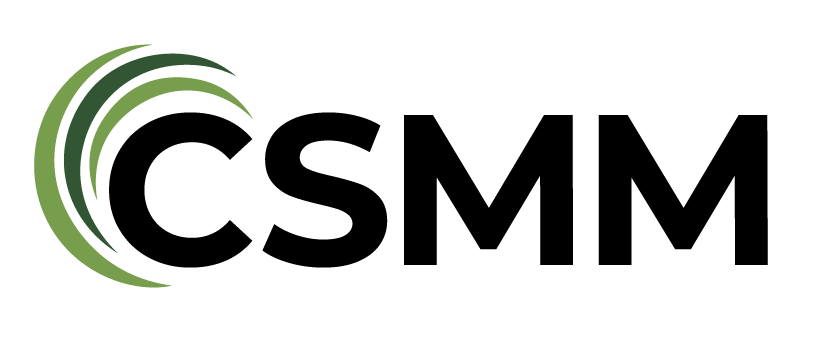Emerging Insights into Textile Waste Management in New York: A Collaborative Report by CSMM and RRS
Textile waste is a growing concern, and a recent collaborative report sheds light on how New York State can improve textile recovery and recycling efforts. This collaborative effort between the Center for Sustainable Materials Management (CSMM) and Resource Recycling Systems (RRS), offers a thorough look into textile waste flows, infrastructure, and consumer behavior.
“Key to our Center’s mission is redesigning how we manage materials in New York and collaborating with the complex, diverse groups that are responsible for its end of life,” said Kate Walker, CSMM’s Executive Director. “Textiles are the fastest growing category of waste in the US. and are a priority material for our Center. We are proud to launch this report with RRS, to provide a roadmap for action across the state to improve stewardship of textiles and promote sustainable textiles for current and future generations.”
RRS Senior Consultant Marisa Adler, emphasized the importance of this research: “This report is a first-of-its-kind jurisdictional profile of textile recovery practices and infrastructure. Findings are key to planning sector advancements to meet pressing sustainability needs now and into the future, including Extended Producer Responsibility (EPR) legislation, end market development, and programs and services to increase textile recovery. I’m excited to see CSMM lean into solutions development and lead the way with a model that other states can adopt.”
Challenges in Textile Recovery
While there are existing programs that divert textile waste from landfills in New York, the report emphasizes that significant challenges remain. Many of these obstacles stem from convenience-related factors, such as the accessibility of diverse textile recycling options. Ease of access is identified as a crucial element in increasing participation rates, underscoring the need for improvements in the infrastructure that supports textile recovery.
Additionally, the report highlights the need for greater transparency in the supply chain and more robust data on textile waste flows. Better data will enable New York to develop more effective programs for textile recycling and waste reduction.
Areas for Improvement
The report identifies several areas for improvement that could formalize and enhance New York's textile recovery industry:
Best Practices and Governing Standards: Formalizing best practices and developing supportive regulations will help create a more structured textile recycling system.
Outreach and Education: Increasing awareness of textile recovery options is critical to empowering consumers. Many people remain unaware of how they can recycle or donate textiles, and the report suggests that widespread educational campaigns could make a significant impact.
Convenience and Access: Expanding accessible drop-off locations and aligning collection programs with life events (such as major cleanups or donation drives) could increase recycling rates.
A Model for the U.S.
“New York State is an ideal canvas for sparking a reimagination of the textiles recovery system in the U.S.,” added Kate Walker. "As the nation’s fashion capital, with a vibrant economy and large population, New York’s relevance to a zero waste-driven textile recovery future is significant.” The different innovations and policies piloted in New York could provide a model that other states and regions could replicate to address textile waste on a national scale.
Looking Forward
This report highlights the need for a multifaceted approach to textile waste management in New York State. By addressing data gaps, optimizing collection systems, and fostering industry collaboration, we can make significant strides toward a more sustainable and circular textile economy.
To view the full report, click the button below.

